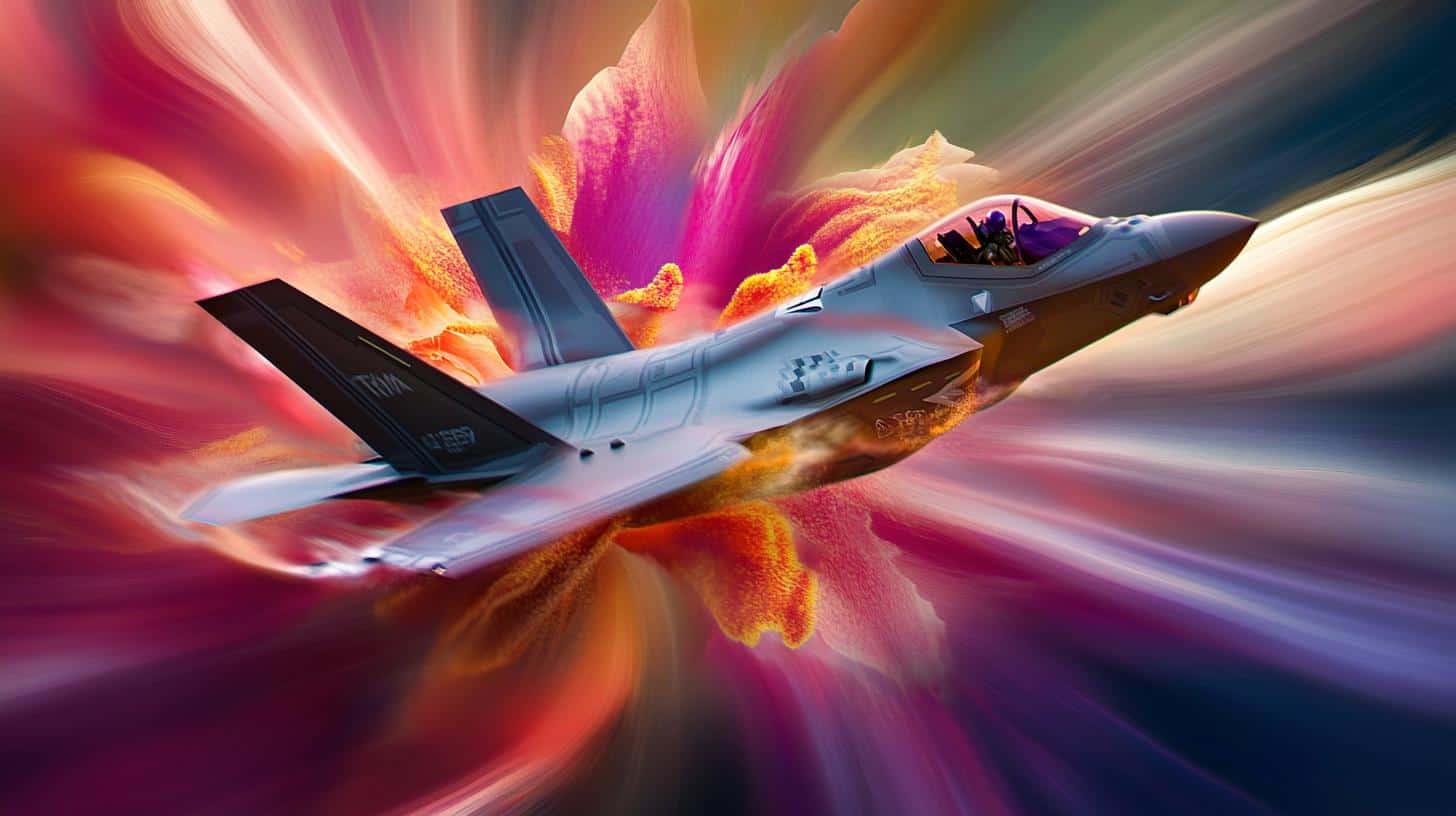The development of the F-35, a major leap in military aviation, commenced in the early 1990s, with the aircraft first taking to the skies in 2006. But when we delve into the details, the history and significance of the F-35 Lightning II become even more intriguing.
The F-35 is a result of the Joint Strike Fighter (JSF) program, which was initiated by the United States Department of Defense in 1992. The goal was to create a versatile fighter jet that could serve multiple branches of the U.S. military while maintaining interoperability with allied nations. In 2001, Lockheed Martin was awarded the contract to design and build the F-35 after a competitive bidding process against Boeing.
The first prototype of the F-35, designated as the X-35, completed its maiden flight on October 24, 2000. However, it wasn’t until December 15, 2006, that the production model F-35A took its inaugural flight. This marked a significant milestone, setting the stage for the F-35 to become operationally capable with the United States Marine Corps in 2015 and the Air Force in 2016.
The F-35’s design emphasizes stealth, advanced avionics, and a sustained supersonic cruise, incorporating unprecedented levels of sensor fusion and network capabilities. These features enhance its ability to perform in air superiority, ground attack, reconnaissance, and electronic warfare roles, making it a cornerstone of modern military aviation.
Understanding the timeline and technological marvel of the F-35 is crucial, as it not only illustrates the collaborative advancements in engineering but also highlights the aircraft’s ongoing impact on global defense strategies.
The F-35 Lightning II: A Game-Changer in Global Defense
Since its inaugural flight in 2006, the F-35 Lightning II has not only been a technological marvel but has significantly influenced global military strategies. As of 2023, over 800 F-35s operate worldwide, involving more than 14 countries, showcasing its extensive adoption and interoperability among NATO allies.
How does the F-35 affect global security? The aircraft provides unprecedented stealth capabilities, allowing nations to project power without radar detection, which is crucial in maintaining air dominance. Additionally, its advanced network capabilities enable forces to share battlefield information in real-time, enhancing collective military operations.
However, the F-35’s journey is not without controversy. Critics argue its development has been fraught with budget overruns and delays, with the program costs estimated to exceed $1.7 trillion over its lifecycle. This financial burden prompts concerns about resource allocation within military budgets and raises questions about whether its capability justifies the investment.
The aircraft’s complexity also leads to a high maintenance demand, affecting its operational readiness—only about 50% of F-35s were mission-capable as of recent reports. This discrepancy between expected and actual performance challenges program managers and raises concerns among partner nations.
Despite these hurdles, the F-35 remains a crucial asset. It serves not only as a fighter jet but as an intelligence-gathering platform, playing a pivotal role in modern warfare.
For more insights into the F-35 and its impact on global defense, visit Lockheed Martin.







